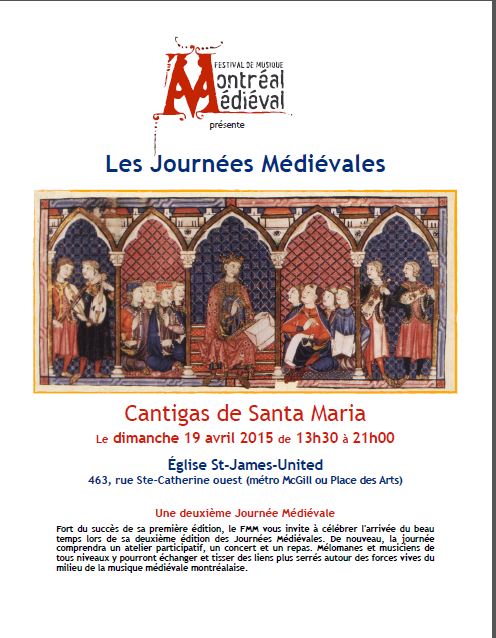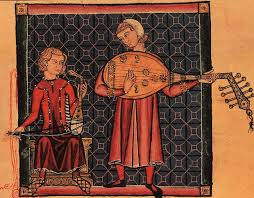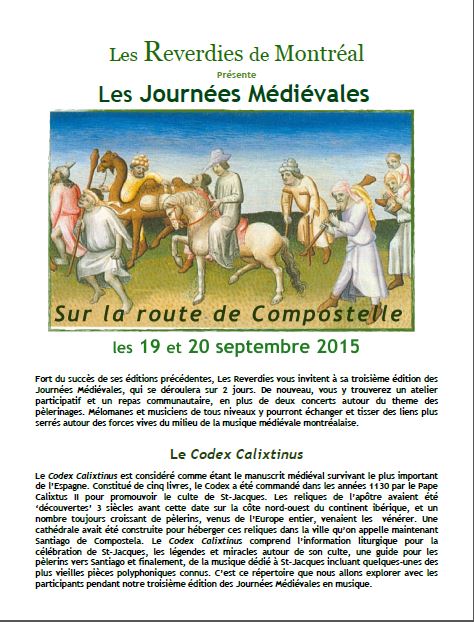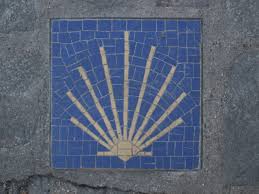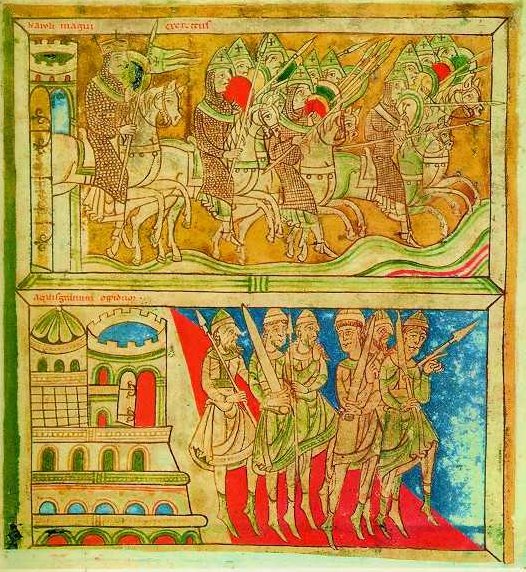MEDIEVAL MUSIC DAYS
CANTIGAS DE SANTA MARIA
April 2015: WORKSHOP, CONCERT AND SUPPER
Following the success of its first edition les Reverdies de Montréal organized its second edition of Medieval music
Days. Once again the event included a workshop, concert, and medieval supper. Aficionados and musicians of all levels
where able to learn and discover medieval music, exchange ideas and establish bonds with the Montreal mucicians who share
a passion for medieval music.
The Cantigas de Santa Maria is an Iberian manuscript containing over 400 secular songs to Mary in the Galician-Portugese
language. The songs were collected and notated during the reign of Alfonso X "the Wise" (1221-1284), and form one of
the largest medieval collections of monophonic songs. The manuscript is also famous for its depictions of Christian,
Muslim and Jewish court musicians and their wide variety of instruments
